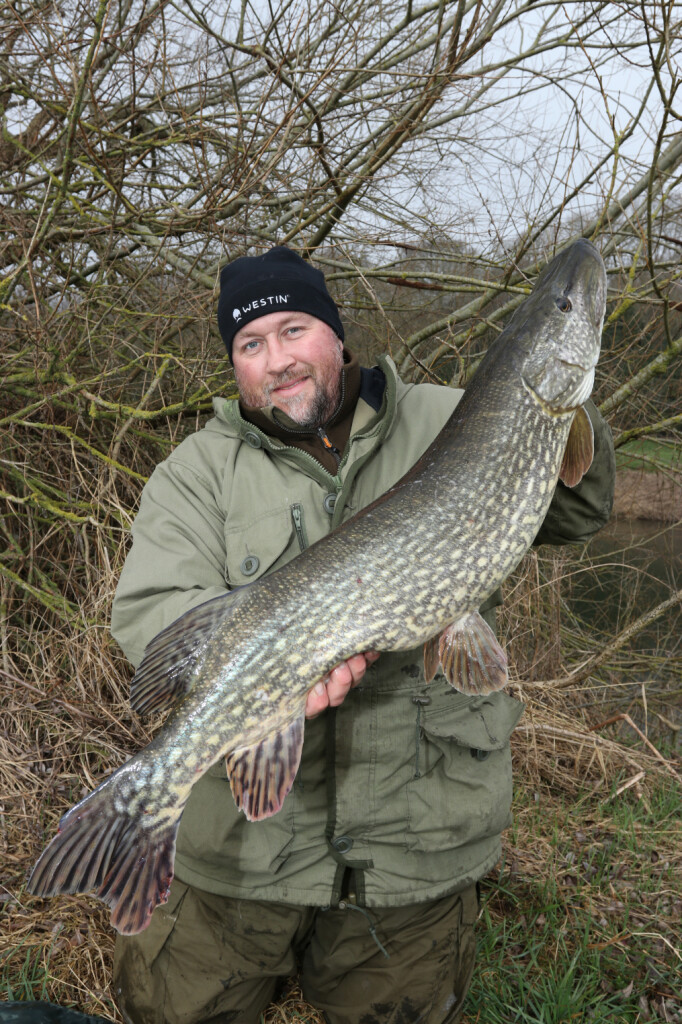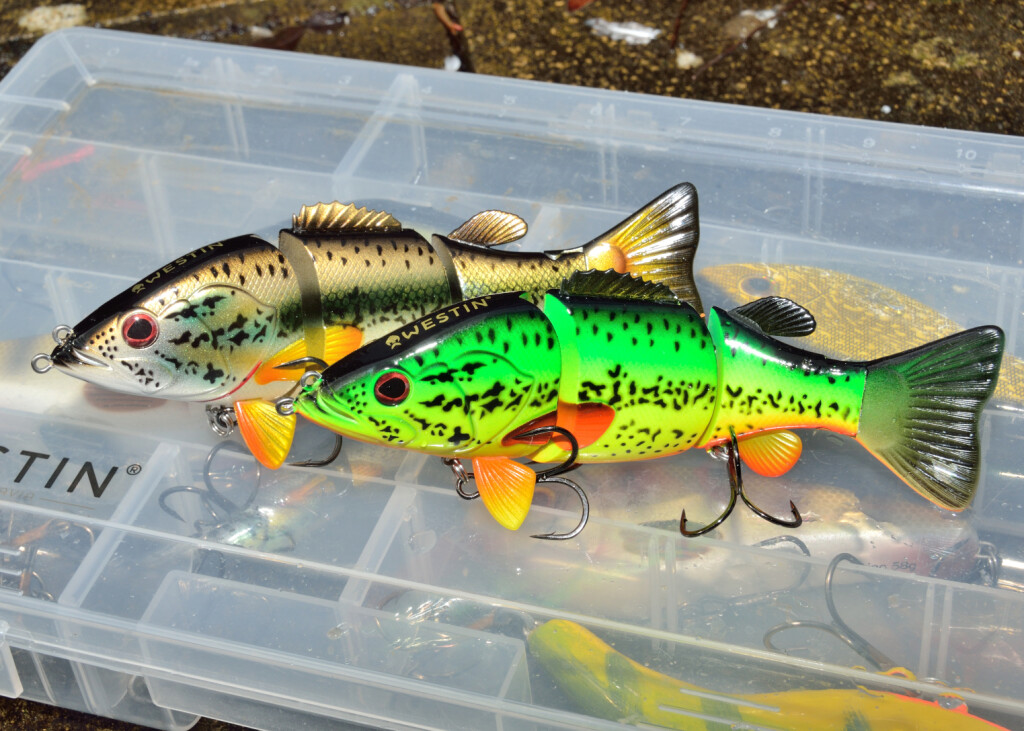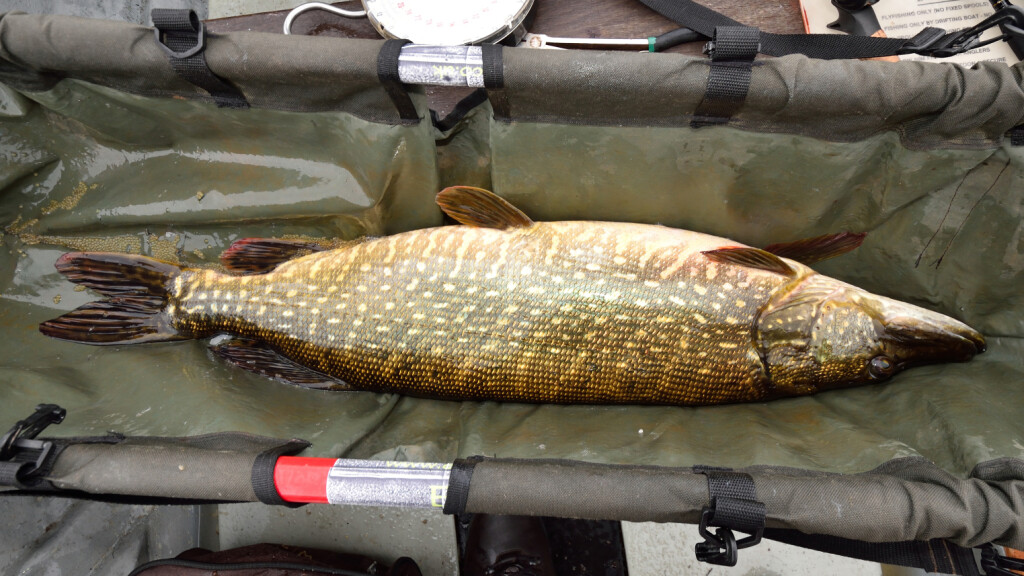Pre / Post-spawn pike fishing
Right now, all over the country the pike will be in spawning mode. Usually, the spawning takes place at the end of February to Middle of March, however, with the recent floods this may have been pushed back a little. Cold water also tends to hinder spawning a bit, but this year the water temperatures have actually been relatively warm.
When pike are in spawning mode, they are notoriously difficult to catch, however the week before they start to spawn is good to get a really big fish. After they have finished, they will move away, and the weeks after spawning – up until the end of May, is the time that the pike do the majority of their feeding for the year, trying to pack on weight and re-condition themselves after the rigours of spawning.
Pre-spawn fishing is about fishing shallow. What happens is the jacks usually come into the margins first, in areas where pike like to spawn, i.e. areas with lots of structures or weed. The big females sit off slightly deeper, but still in relatively shallow water, and they stay like this – sometimes moving closer in and drifting out, until the environmental conditions are correct for the spawning activity to begin.
What this means from a fishing perspective is that the majority of pike in the water can be located in one or two very small areas, and if you know these areas then there is a good chance of catching, if you are using the right technique.
I find bait fishing doesn’t really work that well at this time of year. Yes, the pike will pick the baits up, but this is more out of instinct than actual feeding behaviour. Often you will get good runs with the float screaming across the surface, but strike into nothing. This is because the pike often pick the baits up and swim with them just on the tip of their mouths at this time of year, it’s an unusual occurrence, but I have seen it happen on a lot of waters, and it usually happens at spawning time.
Lures are usually far more productive in this situation, as, again, the pike have the same instinct to hit the lure, even if they don’t want to eat any bait. But hooking is usually better on lures as the pike has to put some effort into disabling a moving prey item, rather than picking one up from the bottom.
There are two types of lure that stand out in these situations, slow-sinking swimbaits and jerkbaits. Both of these lures have the advantage that you can fish them very slowly over shallow water where the pike are.
Swimbaits are multi-jointed lures that mimic a fish when pulled through the water, producing an ultra-realistic swimming action, and they are probably my favourite of the two at this time of year – as they can be fished ultra-slow and even stopped on the retrieve, to hang in the water before you start off again. This “hang time” in the water is the key to takes at this time of year, often a big fat pike will follow the lure for a long period – as if mesmerised, but a quick pull and pause will get the lure to flick to one side and hang, the speed-up not only triggers the pike to strike, but the sideways turn also presents a big side-on target to the pike, so they don’t often miss them.
I find you don’t need big lures at this time of year. I like to present most at around 6 inches long, however there are a couple of waters where bigger swimbaits certainly work better. These tend to be larger waters that have bigger fish. The disadvantage of fishing larger swimbaits is that you need to have beefier tackle to throw them, so most of the time I stick to smaller size baits.
Slow-sinking or suspended jerkbaits are also good lures to use at this time of year – they fish in that same niche way as swimbaits, i.e. shallow and slow. They also have that great take-inducing “hang time”. However, some jerkbaits can be a bit over-erratic at this time of year when everything needs to be slowed down, so you need to be careful how much action you impart into them. In most instances you really don’t need that much action anyway, just the lure being in the right location at the right depth is enough, with just a few spasmodic twitches every now and again. When fishing like this I very rarely twitch the lure with the rod as you would in the warmer months, but work the jerkbait with turns of the reel handle. This way you can be sure you’re not over-exciting the lure.
Pike, at this time of year, are even more delicate the usual in the run up to spawning, so make sure you look after them and have the right unhooking equipment and mat or sladle, and when you do land one get it back to the water as soon as possible. If you start picking up fish that are releasing eggs, or long skinny ones that have spawned, then it’s time to give them a break for a bit and let them recover.







